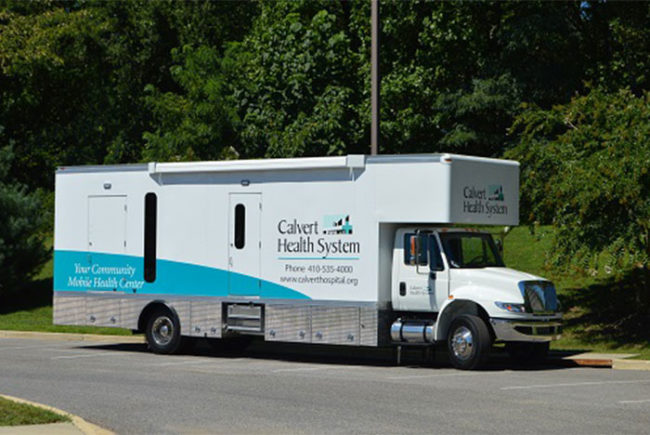Although our 2015 Health Care Facilities Sustainable Operations Survey doesn’t close until this Friday, looking at early results it seems that the No. 1 barrier to implementing environmentally sustainable practices in health care settings will be the same this year as it was in 2013: competing investments and spending priorities.
In 2013, 62 percent of survey respondents named this as the top challenge to moving forward with sustainability projects. An early analysis of this year’s survey puts that number at 68 percent. (If you have received the survey, be sure to fill it out by July 30, and check back this fall for the published results.)
This year’s early survey results line up with what we’ve heard from experts in the health care field. In a recent column, Rock Jensen, a consultant at Soriant Healthcare, wrote about sustainability practices that environmental services departments can include in their operations. He also noted the barriers in implementing these projects, saying hospital leaders “have to balance the benefits of sustainable products and processes against rising costs and decreased revenues.”
That is the great conundrum of sustainability initiatives because, despite the promises of long-term benefits whether financial or otherwise, the up-front costs needed to proceed have stopped many green projects in their tracks.
For those that have gotten the go-ahead, the results tend to work in their favor. For instance, Peace Island Medical Center integrated sustainable design concepts at its 39,000-sq. ft. facility and states that its average energy use intensity per sq. ft. is one-third that of a typical health facility in its area.
The gurus of green at Gundersen Health System certainly have seen benefits from the organization’s commitment to total energy independence. Jeffrey E. Thompson, M.D., CEO, says that by saving on energy costs, the health system has slowed fee increases each year for the past 13 years. “This helps us to keep those costs down to the businesses, to the individuals and to the families for their health care,” Thompson says.
Other barriers highlighted by our 2015 survey respondents include employee time limitations and not enough staffing to bring initiatives into fruition.





